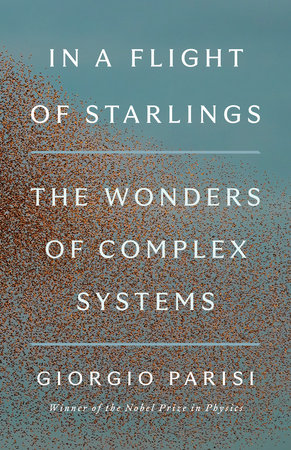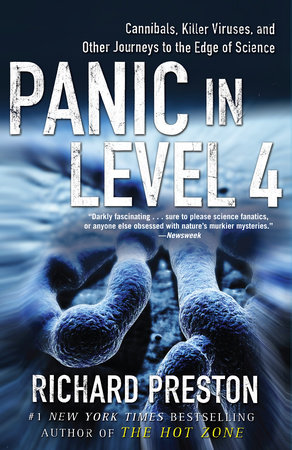

The Drunkard's Walk
By Leonard Mlodinow
By Leonard Mlodinow
By Leonard Mlodinow
By Leonard Mlodinow
Category: Science & Technology
Category: Science & Technology

-
$18.00
May 05, 2009 | ISBN 9780307275172
-
May 13, 2008 | ISBN 9780307377548
YOU MAY ALSO LIKE

In a Flight of Starlings

The Sirens of Mars

Exercised

Panic in Level 4

Clean

Turing’s Cathedral

The Disaster Diaries

Allergic

Random Acts of Medicine
Praise
“Mlodinow writes in a breezy style, interspersing probabilistic mind-benders with portraits of theorists…. The result is a readable crash course in randomness.” —The New York Times Book Review
“A wonderfully readable guide to how the mathematical laws of randomness affect our lives.” —Stephen Hawking, author of A Brief History of Time
“[Mlodinow] thinks in equations but explains in anecdote, simile, and occasional bursts of neon. . . . The results are mind-bending.” —Fortune
“Even if you begin The Drunkard’s Walk as a skeptic, by the time you reach the final pages, you will gain an understanding-if not acceptance-of the intuitively improbable ways that probability biases the outcomes of life’s uncertainties.” —Barron’s
“Delightfully entertaining.” —Scientific American
“A magnificent exploration of the role that chance plays in our lives. The probability is high that you will be entertained and enlightened by this intelligent charmer.” —Daniel Gilbert, author of Stumbling on Happiness
“Mlodinow is the perfect guy to reveal the ways unrelated elements can relate and connect.” —The Miami Herald
“A primer on the science of probability.” —The Washington Post Book World
“Challenges our intuitions about probability and explores how, by understanding randomness, we can better grasp our world.” —Seed Magazine
“Mlodinow has an intimate perspective on randomness.” —The Austin Chronicle
Table Of Contents
Prologue
Chapter 1: Peering through the Eyepiece of Randomness
The hidden role of chance . . . when human beings can be outperformed by a rat.
Chapter 2: The Laws of Truths and Half-Truths
The basic principles of probability and how they are abused . . . why a good story is often less likely to be true than a flimsy explanation.
Chapter 3: Finding Your Way through a Space of Possibilities
A framework for thinking about random situations . . . from a gambler in plague-ridden Italy to Let’s Make a Deal.
Chapter 4: Tracking the Pathways to Success
How to count the number of ways in which events can happen, and why it matters . . . the mathematical meaning of expectation.
Chapter 5: The Dueling Laws of Large and Small Numbers
The extent to which probabilities are reflected in the results we observe . . . Zeno’s paradox, the concept of limits, and beating the casino at roulette.
Chapter 6: False Positives and Positive Fallacies
How to adjust expectations in light of past events or new knowledge . . . mistakes in conditional probability from medical screening to the O. J. Simpson trial and the prosecutor’s fallacy.
Chapter 7: Measurement and the Law of Errors
The meaning and lack of meaning in measurements . . . the bell curve and wine ratings, political polls, grades, and the position of planets.
Chapter 8: The Order in Chaos
How large numbers can wash out the disorder of randomness . . . or why 200,000,000 drivers form a creature of habit.
Chapter 9: Illusions of Patterns and Patterns of Illusion
Why we are often fooled by the regularities in chance events . . . can a million consecutive zeroes or the success of Wall Street gurus be random?
Chapter 10: The Drunkard’s Walk
Why chance is a more fundamental conception than causality . . . Bruce Willis, Bill Gates, and the normal accident theory of life.
Acknowledgments
Notes
Index
21 Books You’ve Been Meaning to Read
Just for joining you’ll get personalized recommendations on your dashboard daily and features only for members.
Find Out More Join Now Sign In















